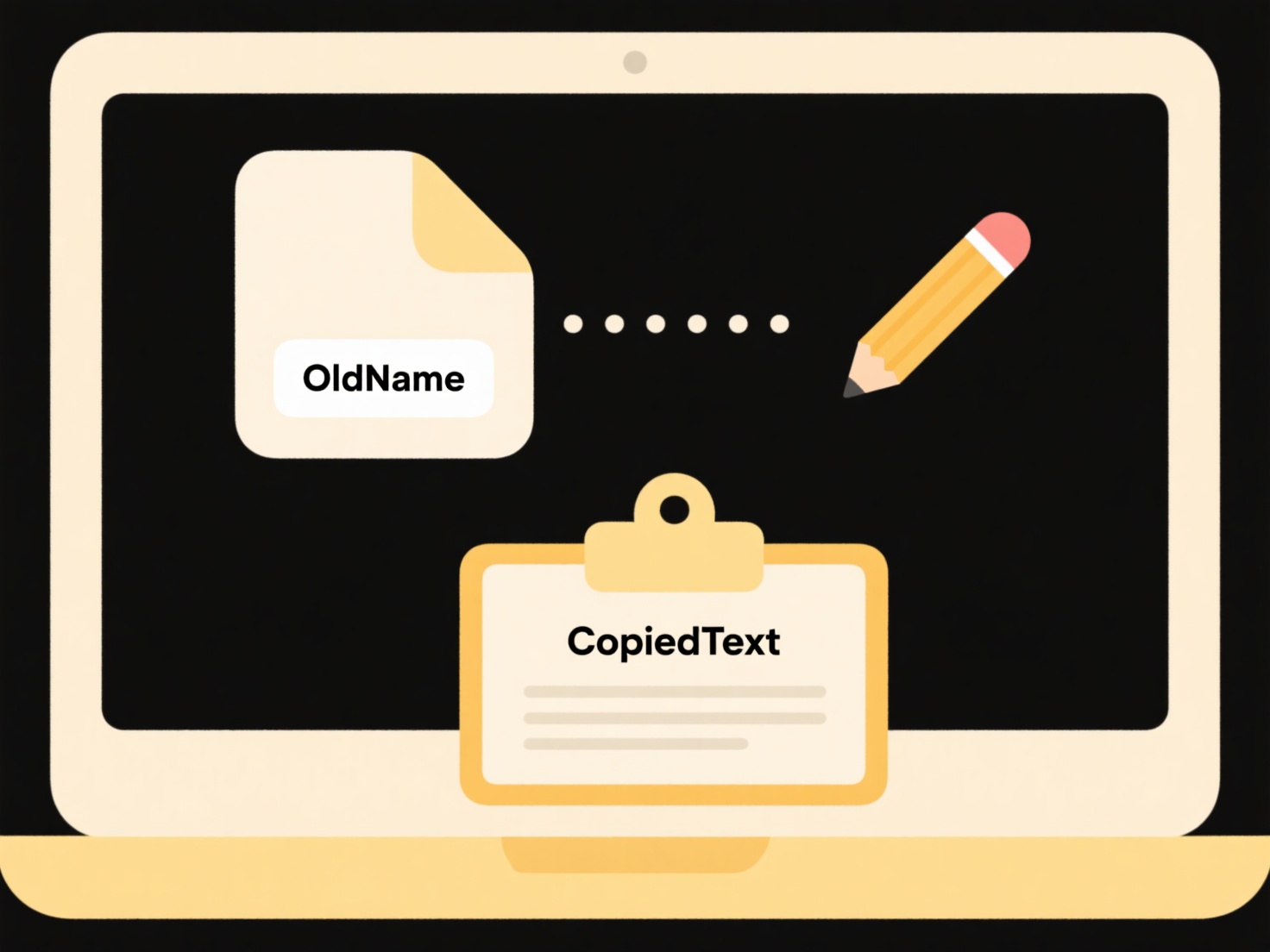
Referenced files, sometimes called external references or linked documents, are separate data files connected to your main engineering CAD model. Opening them means accessing the source file itself, not just viewing the linked geometry within your main assembly or drawing. This is typically done using your CAD software's tools, often a "Reference Manager" or "File Open" dialog that tracks links, or by right-clicking on the specific referenced component in the model tree and selecting an "Open Part/Assembly" option.
For instance, opening a part file referenced within a larger assembly in SolidWorks allows you to modify that individual component independently. In AutoCAD, opening an Xref (external reference) DWG file enables you to edit the site plan separately while the main building drawing maintains the link. This practice is fundamental across mechanical design (auto parts in an engine assembly), architecture (landscape details in a building model), and electronics (PCB schematics linked to enclosures).

The primary advantage is efficient multi-user collaboration and modular design, allowing teams to work on different components simultaneously. However, maintaining the correct file paths is crucial; moved or renamed files break references, causing "missing file" errors. Ethically, users must ensure they have explicit permission to open proprietary files referenced within shared models. Future improvements involve cloud-based models enhancing automatic reference management and resolution across locations.
How do I open referenced files in engineering/CAD models?
Referenced files, sometimes called external references or linked documents, are separate data files connected to your main engineering CAD model. Opening them means accessing the source file itself, not just viewing the linked geometry within your main assembly or drawing. This is typically done using your CAD software's tools, often a "Reference Manager" or "File Open" dialog that tracks links, or by right-clicking on the specific referenced component in the model tree and selecting an "Open Part/Assembly" option.
For instance, opening a part file referenced within a larger assembly in SolidWorks allows you to modify that individual component independently. In AutoCAD, opening an Xref (external reference) DWG file enables you to edit the site plan separately while the main building drawing maintains the link. This practice is fundamental across mechanical design (auto parts in an engine assembly), architecture (landscape details in a building model), and electronics (PCB schematics linked to enclosures).

The primary advantage is efficient multi-user collaboration and modular design, allowing teams to work on different components simultaneously. However, maintaining the correct file paths is crucial; moved or renamed files break references, causing "missing file" errors. Ethically, users must ensure they have explicit permission to open proprietary files referenced within shared models. Future improvements involve cloud-based models enhancing automatic reference management and resolution across locations.
Quick Article Links
Can I clear all Wisfile-related cache or history?
Can I clear all Wisfile-related cache or history? Wisfile automatically clears temporary data after processing files, ...
How do I merge folders without losing files?
Merging folders involves combining the contents of two folders into a single destination location while preserving all f...
How do I prevent accidental duplicates when saving?
Accidental duplicates occur when the same data entity (like a file, record, or transaction) is unintentionally saved mul...